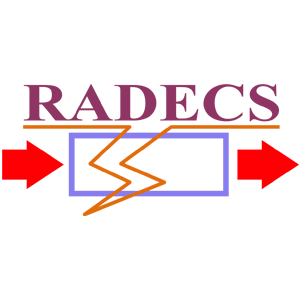
Version 25 Sept. 2023
Short Course - Monday 25 September
Short course location
The Short Course is taking place in Toulouse at the Espaces Vanel located in the city center.
Espaces Vanel: Arche Marengo – 1 All. Jacques Chaban-Delmas | Toulouse (6th floor)
Program
08:00 - Registration Short course attendees
09:00 - Short course openning
10:05-10:30 - Coffee break
11:50-13:30 - Lunch
15:05-15:30 - Coffee break
16:20 - Closing remarks
16:35-17:05 - Continuing Education Exam
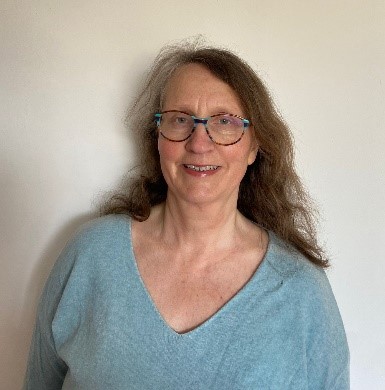
09:15 – European Strategy regarding the EEE components for Space – Karin Lundmark | ESA (30min)
Bio: Karin Lundmark received her MSc in Engineering Physics from Chalmers Technical University Gothenburg in 1990. Since then she has worked almost exclusively with EEE components for space; at Beyond Gravity, Swedish Space Corporation and ESA. She has covered analysis laboratory, procurement, project support, standardization and development & qualification. Karin first joined ESA in 2002 as photonic EEE engineer, she later covered also Si EEE engineering but focused mainly on project support. Since 2019 she is head of Component Section which forms part of Data Systems, Microelectronics and Component Technology Division.
Abstract: The presentation gives an overview of European strategy for space EEE Components, focusing on active parts and covering major European organizations and agencies. Paying special attention to Ultra Deep-Submicron Technologies and ESA’s EEE Space Component Sovereignty for Europe initiative.
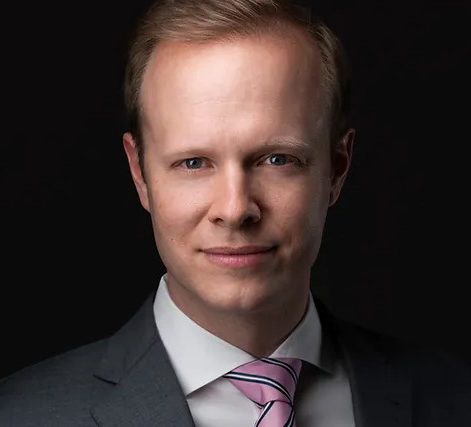
09:40 – Semiconductors and the CHIPS act: What Happens Next? – Erik Hadland | Semiconductor Industry Association (30min)
Bio: Erik Hadland is the Director of Technology Policy at the Semiconductor Industry Association (SIA), where he is responsible for the association’s research, development, and technology activities as well as its education and workforce development efforts. In this role, he works with the White House, federal agencies, and Congress to inform key policymakers about the needs and functions of the diverse segments of the semiconductor industry. Prior to joining SIA, Erik was an AAAS Science and Technology Policy Fellow at the U.S. Department of Energy, where he served as Advisor to the Director of the Office of Science—the Nation’s largest supporter of fundamental physical science research and stewarding office of 10 of the 17 Department’s National Laboratories. In this capacity, Erik project managed briefings to the U.S. Congress on critical and emergent technologies, advised on matters of place-based innovation and technology transfer, and facilitated the Department’s Microelectronics Working Group. Prior to the Department of Energy, Erik was a Senior Logic Technology Development Engineer at Intel, piloting first-of-a-kind annealing modules and processing conditions for Intel’s next generation logic products. Erik received his bachelor’s degree in Interdisciplinary Studies from Wheaton College and his PhD in Solid State Chemistry from the University of Oregon, where he studied novel synthesis schemes for metastable 2D semiconductor compounds.
Abstract: The future of the semiconductor industry is at a pivotal moment from both a supply chain and fundamental technology perspective. Key global contributors to the semiconductor industry have recently begun to invest significant funding in government-level efforts to enhance the robustness and innovation of this critical supply chain. In this talk, we will explore the goals and implementation status of the U.S. 2022 CHIPS and Science act and its potential near-term and lasting impact on the semiconductor supply chain and core semiconductor technologies in the U.S. and beyond.
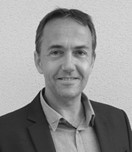
10:30 – Single-Event Effects in advanced CMOS technologies – Vincent Pouget | IES (40min)
Bio: Vincent Pouget is a research scientist of the French National Center for Scientific Research (CNRS) at the Institute of Electronics and Systems (IES) of the University of Montpellier, France. He received his BS in Physics in 1996 and his MS and PhD in Instrumentation and Measurement in 1997 and 2000 from the University of Bordeaux, where he worked for more than ten years on the development of various laser techniques for the microelectronics industry, including single-event effects testing, reliability characterization, security evaluation and failure analysis. He founded the Pulscan company in 2008 and joined the RADIAC research group at IES since 2012. He was the general chair of the RADECS 2019 conference in Montpellier. His research interests include testing of single-event effects in advanced technologies and embedded systems. He co-authored over a hundred journal articles and conference papers.
Abstract: CMOS technologies continue to evolve with the promise of improved computation, integration and power performances, while the diffusion of off-the-shelf components into high-reliability applications challenges their robustness with respect to radiation environments. This course will first present a review of the main features of state-of-the-art CMOS technologies of the ultra-deep sub-micron era, either currently in production or expected for the years to come. Some trends concerning the simultaneous evolution of chips architecture will also be introduced. The single-event effects of radiation will then be defined and their specificities related to advanced technologies will be illustrated by a review of the recent literature. Some implications for radiation effects modelling, tolerant design, and hardness assurance will be discussed.
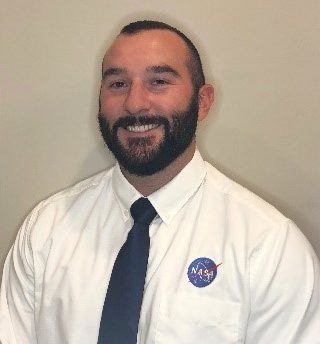
11:10 – Translating and Supplementing Si Based Radiation Effects Knowledge to the Wide Band-Gap Devices of Tomorrow’s Space Flight Missions – Jason Osheroff | NASA-GSFC (40min)
Bio: Mr. Osheroff earned his B.S. in Physics from Rutgers University in 2012. Over the following 7 years he worked at various research institutions building, operating, and performing experiments using radiation producing machines and sources such as nuclear reactor facilities, particle accelerators and large-scale gamma irradiators. In 2019 Mr. Osheroff joined the NASA Goddard Space Flight Center’s (GSFC) Radiation Effects and Analysis Group (REAG) as a radiation engineer. Under the mentorship of leading experts in the radiation effects community he developed expertise in wide band gap and power electronics performing experiments, working with industry, writing test standards and overseeing government grants to improve the state-of-the-art EEE parts to support NASA missions.
Abstract: Wide Band-Gap (WBG) power devices offer electrical advantages over traditional Silicon in terms of their high-voltage, high-temperature, and switching speed capabilities. However, some of the very material characteristics that enable these capabilities can also leave the devices particularly susceptible to radiation effects, specifically, Single Event Effects (SEE) from heavy ions.
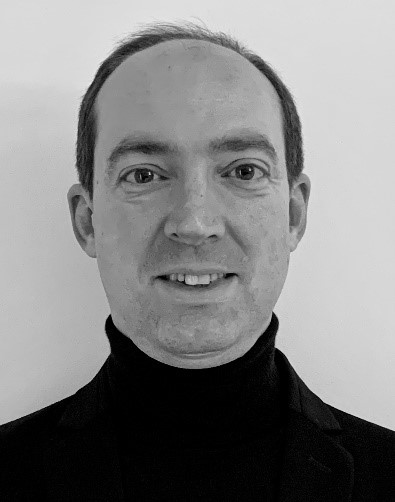
13:30 – SEE test challenges for new power and digital technologies – Florent Miller | Nuclétudes (40min)
Bio: Florent Miller (Ph.D. 2006) has been in the Aeronautics and Space industry for more than 20 years, first in Airbus Group (Airbus Group Innovations) and now in ArianeGroup (Nuclétudes). He is CTO of Nuclétudes and has been leading research activities in the development of laser and Xray test approaches, fault injection tools in complex ICs and SER prediction software. He co-authored more than 25 journal papers and has been the first inventor of 10 patents.
Abstract: This course will address Single Event Effect test challenges that have emerged with the evolution of the electronic technologies and present an associated overview of the innovative test approaches proposed over the past years.
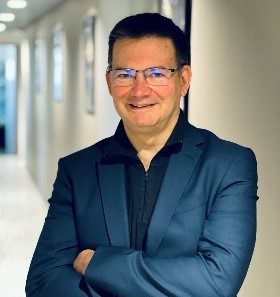
14:10 – Radiation: A concern for CubeSat Mission? – Laurent Dusseau | CSU Montpellier (35min)
Bio: Prof. Laurent Dusseau graduated in 1995 with a Ph.D. from the University of Montpellier. He started his career as Assistant Professor at the University of Arizona. In 1996, he joined the Polytech Montpellier engineering school as lecturer to teach electrical engineering and develop research activities in the field of radiation effects. In 2001, he received his Habilitation degree and in 2004 he was appointed full professor at the University of Montpellier where he served as department chair during six years at Institute of Technology of Nîmes. In 2011, he created the CSUM, first French University Space Center that he has been chairing since then. Since 2019, he is also director of the Van Allen Foundation which aims at developing nanosatellites activities in France. So far, he has contributed to launch five houses made CubeSats, most of them carrying radiation effects payloads. During his career, Prof. Laurent Dusseau has supervised 24 Ph.D. students, coauthored more than 110 journal papers and 150 conference papers. IEEE senior member, Vice President of the RADECS society from 2012 to 2022, served as general chair of the RADECS2005 conference.
Abstract: Initially designed for education, CubeSats are now widely deployed in New Space applications and even in some deep space science missions. While agencies consider a careful RHA approach, COTS subsystems and CubeSats platforms providers often ignore the radiation environment in their design. As a result, some clear correlation can be made between the sudden death of many CubeSats and high solar activity. Unfortunately, even the loss of a small budget nanosatellite may turn out catastrophic and ruin the tremendous efforts made by an enthusiastic team. Lately, some inflight data have made possible to evaluate the risk regarding TID and SEE on several orbits. What can/should CubeSat teams do to mitigate the risk? This section of the short course intends at providing some recommendations on how to mitigate the risk in spite of a tight budget, using software tools, shielding, software and hardware mitigation techniques, with or without testing.
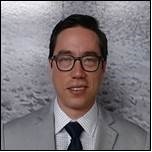
14:40 – Using materials to determine testing priority – Manuel Rivas | Blue Origin (30min)
Bio: Manny obtained his B.S. in Physics from the University of Texas Pan-American after serving in the U.S. Marine Corps. He obtained his M.S. in Materials Science and Engineering in 2015 from UConn and his PhD in 2018 while working for the Army Research Laboratory outside Washington D.C. His experience is in developing thin film materials and MEMS device performance in radiation rich environments. Manny joined Blue Origin as their first Radiation Effects Engineer in 2018. Previous session chair in RADECS 2021 and SEE/MAPLD 2023. Manny’s passion is providing outreach to K-12 through Club for the Future and is active with University Outreach programs.
Abstract: Radiation Effects Engineers are tasked to test hundreds of components but have limited beam time at testing facilities. This talk is meant to provide some guidance on how to down select parts to test based on the semiconductor material and help understand why some materials tend to be more robust against radiation effects.
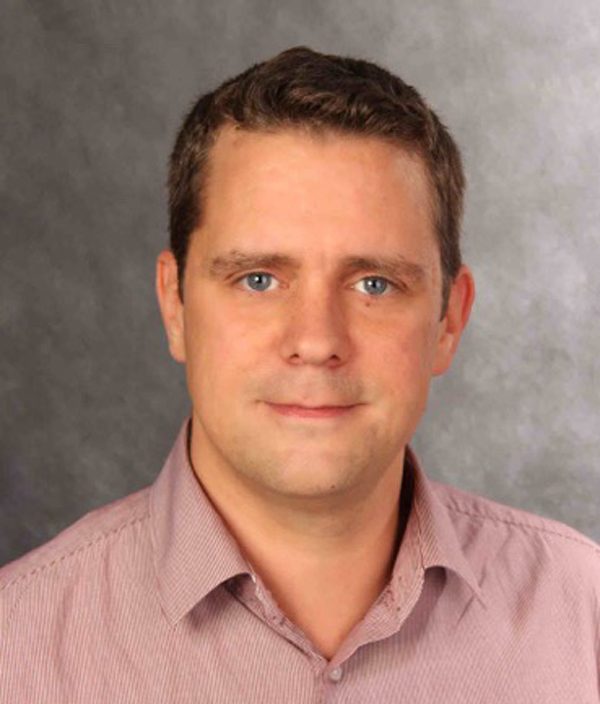
15:30 – Next space – chances and challenges for equipment manufacturers – Mirko Rostewitz | TESAT (30min)
Bio: Mirko Rostewitz received his Dipl.-Ing. degree in microelectronic engineering from the University Duisburg-Essen, Duisburg, Germany in 2005. He joined Tesat Spacecom GmbH & Co. KG in 2005. Initially he was working in the fields of microwave device characterisation, RF and DC life testing and radiation testing on GaN HFETs to assess the GaN technology space suitability. In 2012 he joined the EEE active parts engineering and radiation team within TESAT, where he is currently acting as team leader.
Abstract: During the development phase of next space equipment, strong interaction within an interdisciplinary team and a customer cooperation is mandatory. This course outlines the requirement for new testing approaches coupled with the knowledge gathered in traditional space missions.
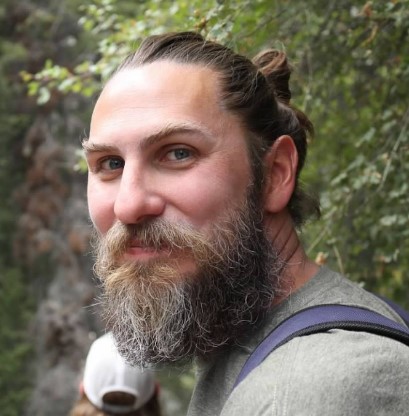
15:55 – “Just right” Radiation Hardness Assurance (RHA) tailoring for space flight systems – Justin Likar | JHU-APL (30min)
Bio: Mr. Justin Likar has 20 years of experience working in areas of space radiation effects, spacecraft charging effects, radiation hardness assurance and space weather. Justin spent over 15 years working for the commercial and defense industry (first Lockheed Martin Space Systems then Goodrich). He has been with the Johns Hopkins University (JHU) Applied Physics Laboratory (APL) for 5 years where he is presently a Senior Engineer and Chief Technologist in the Space Environmental Effects Engineering group. He is also an instructor with the JHU Whiting School of Engineering. Justin remains active with several professional societies, including IEEE, where he frequently contributes to the Nuclear Space Radiation Effects Conference (NSREC); also the American Institute of Aeronautics and Astronautics, where has served as a Technical Committee Chair (Atmospheric and Space Effects) and is an Associate Fellow. He recently co-convened the Space Environment Engineering and Science Applications Workshop (SEESAW) and serves on the Steering Committee for the Spacecraft Charging Technology Conference (SCTC), Space Environment Applications Systems and Operations for National Security (SEASONS) conference, and Applied Space Environments Conference (ASEC).
Abstract: Portions of the modern space industry continue to integrate increasingly innovative technologies whilst becoming more accepting of increased system level risk. Conversely, high reliability, highly redundant exquisite systems continue to underpin national defense, timing, navigation weather and observation systems worldwide. The natural space environment in which all space systems operate remains unaffected and unmoved by paradigm shifts or trends in risk tolerance, reliability targets or mission classifications. Similarly unaffected are the resultant radiation-related or space environment-related hazards. It is imperative that agencies, national laboratories, manufacturers and operators develop and maintain “right sized”, agile or tailorable Radiation Hardness Assurance (RHA) processes in order to adequate support the breath of mission concepts under study and presently in development. This course will cover traditional and familiar RHA tenets tailored for the wide range of missions supported by the Johns Hopkins University Applied Physics Laboratory (JHU APL) and introduce challenges, mitigations, lessons learnt, methods and processes using mission specific examples and concepts. We will pay requisite and necessary attention to methods and processes adaptable for missions reliant Alternate Grade and Automotive Grade EEE devices.

